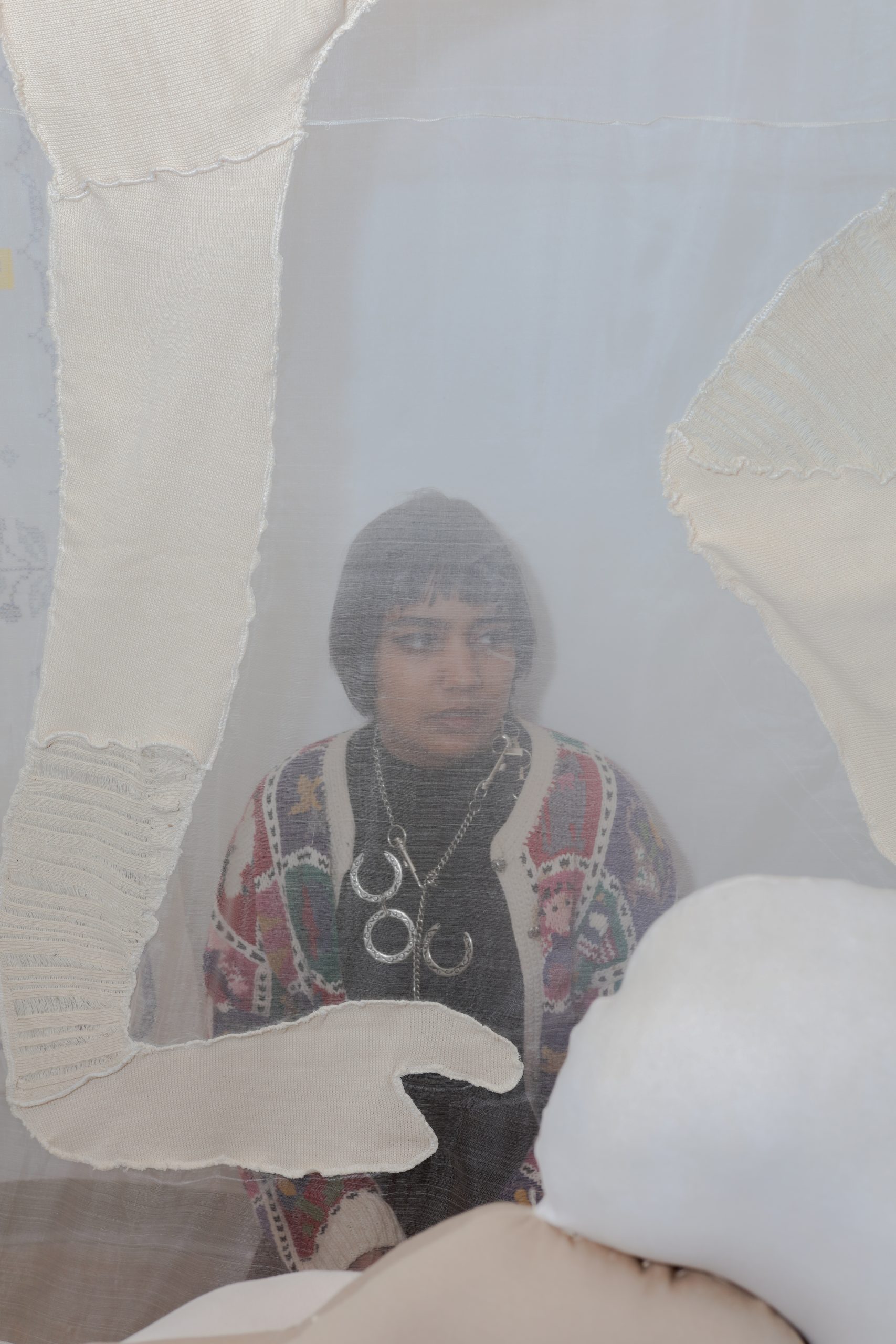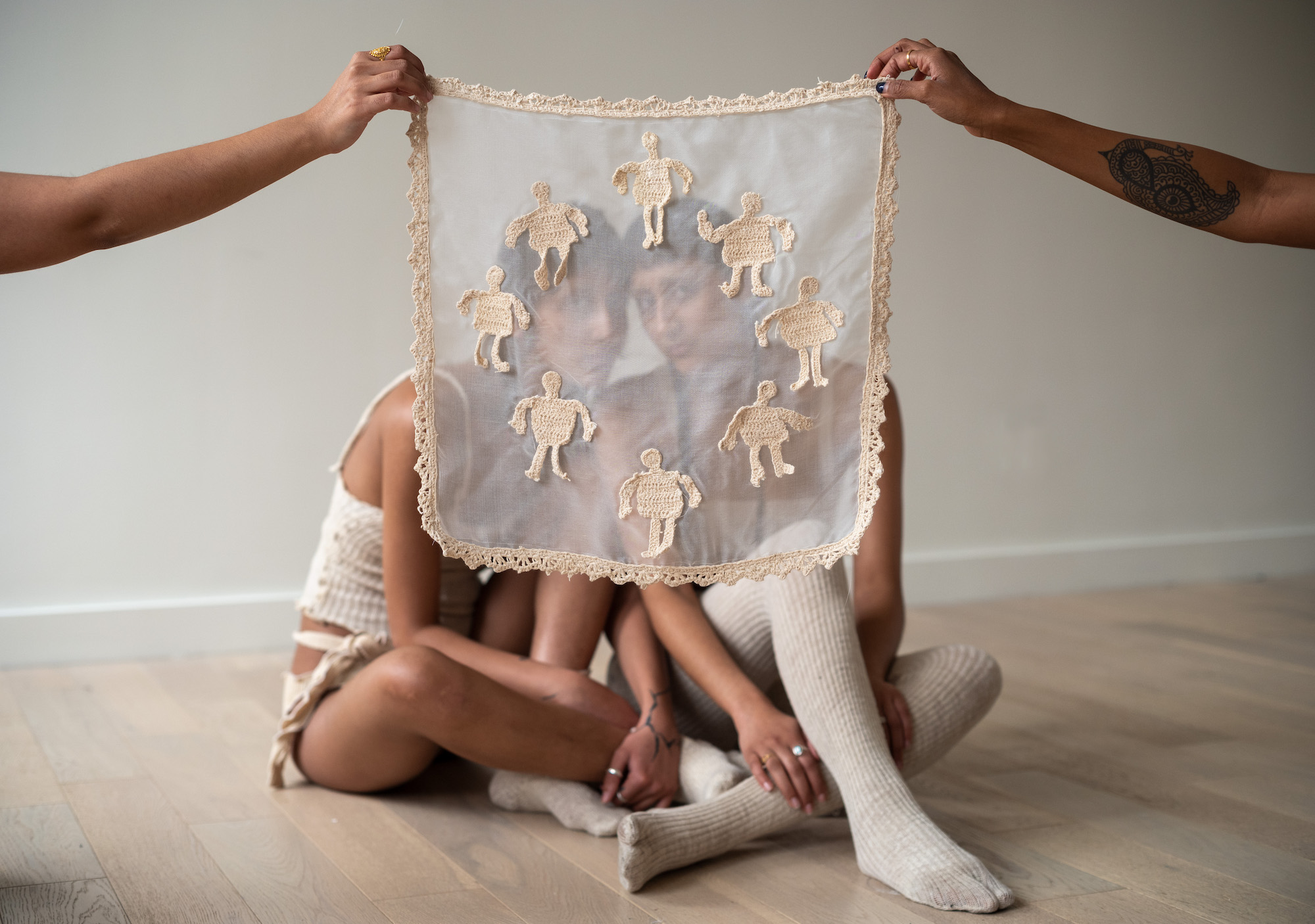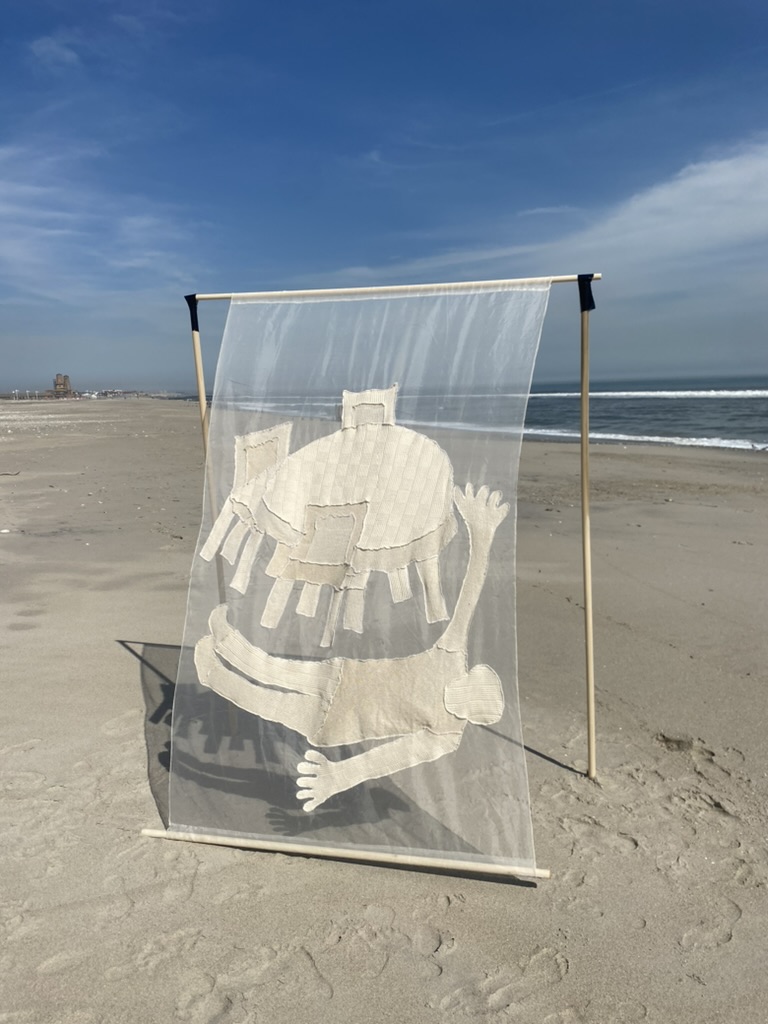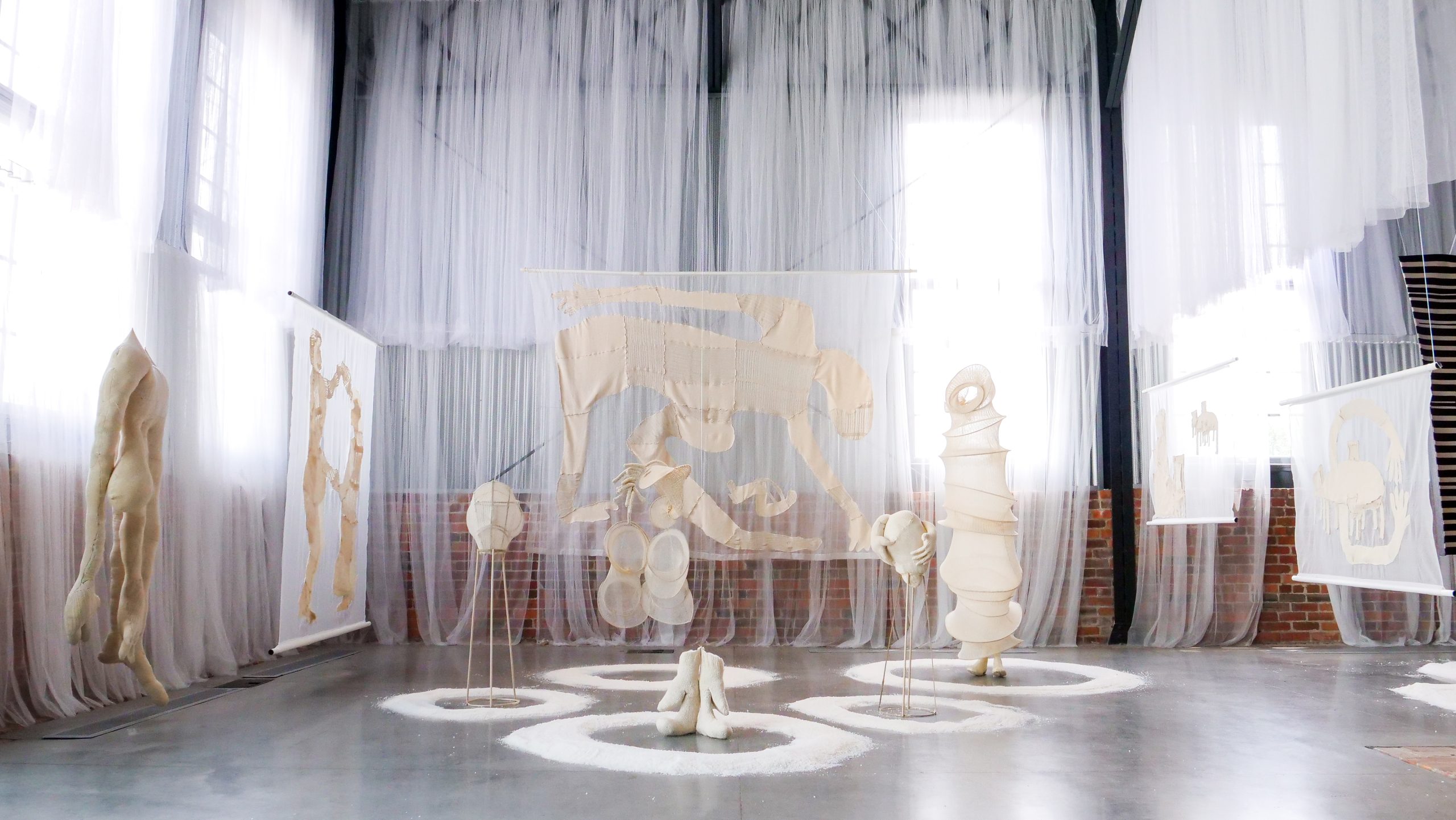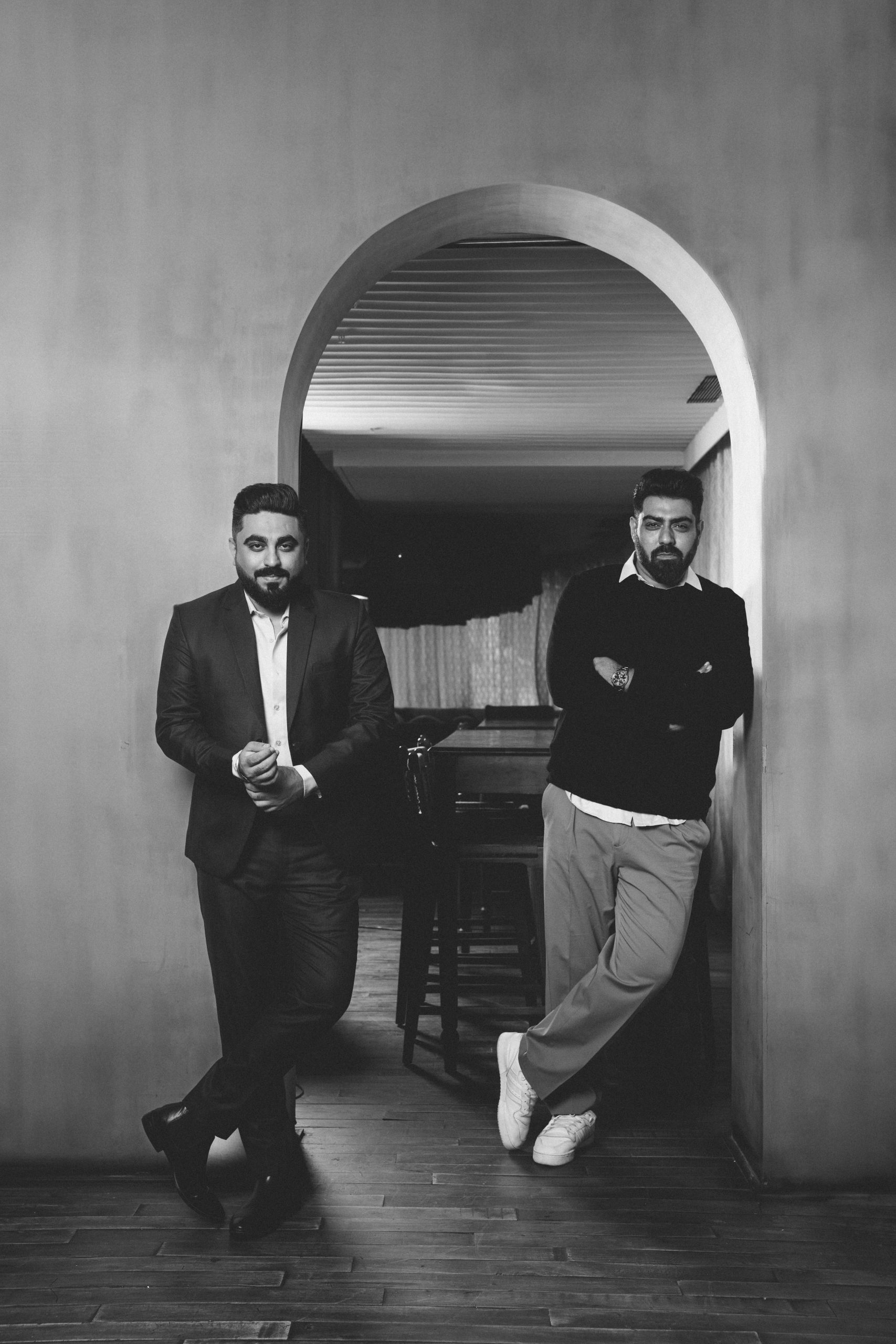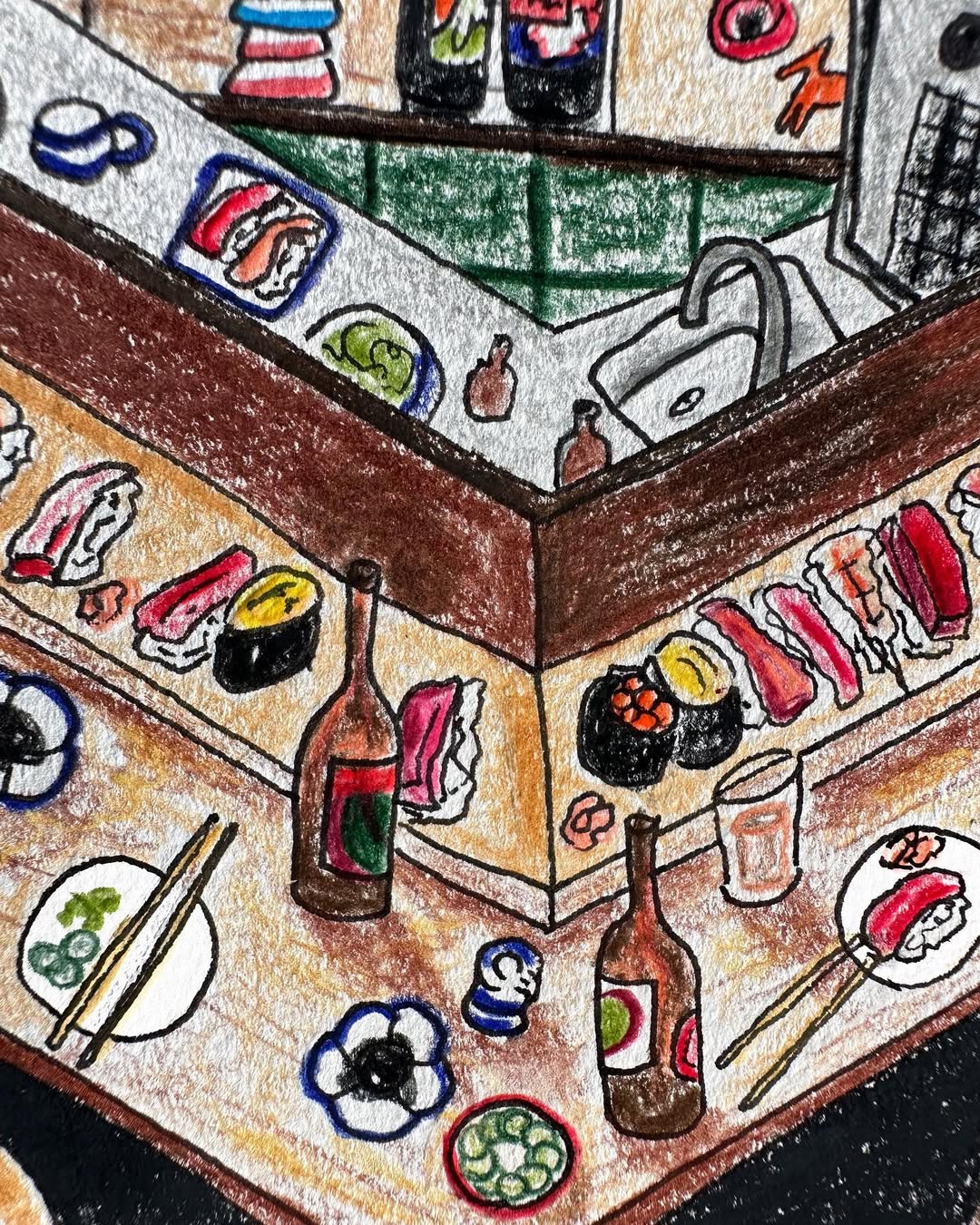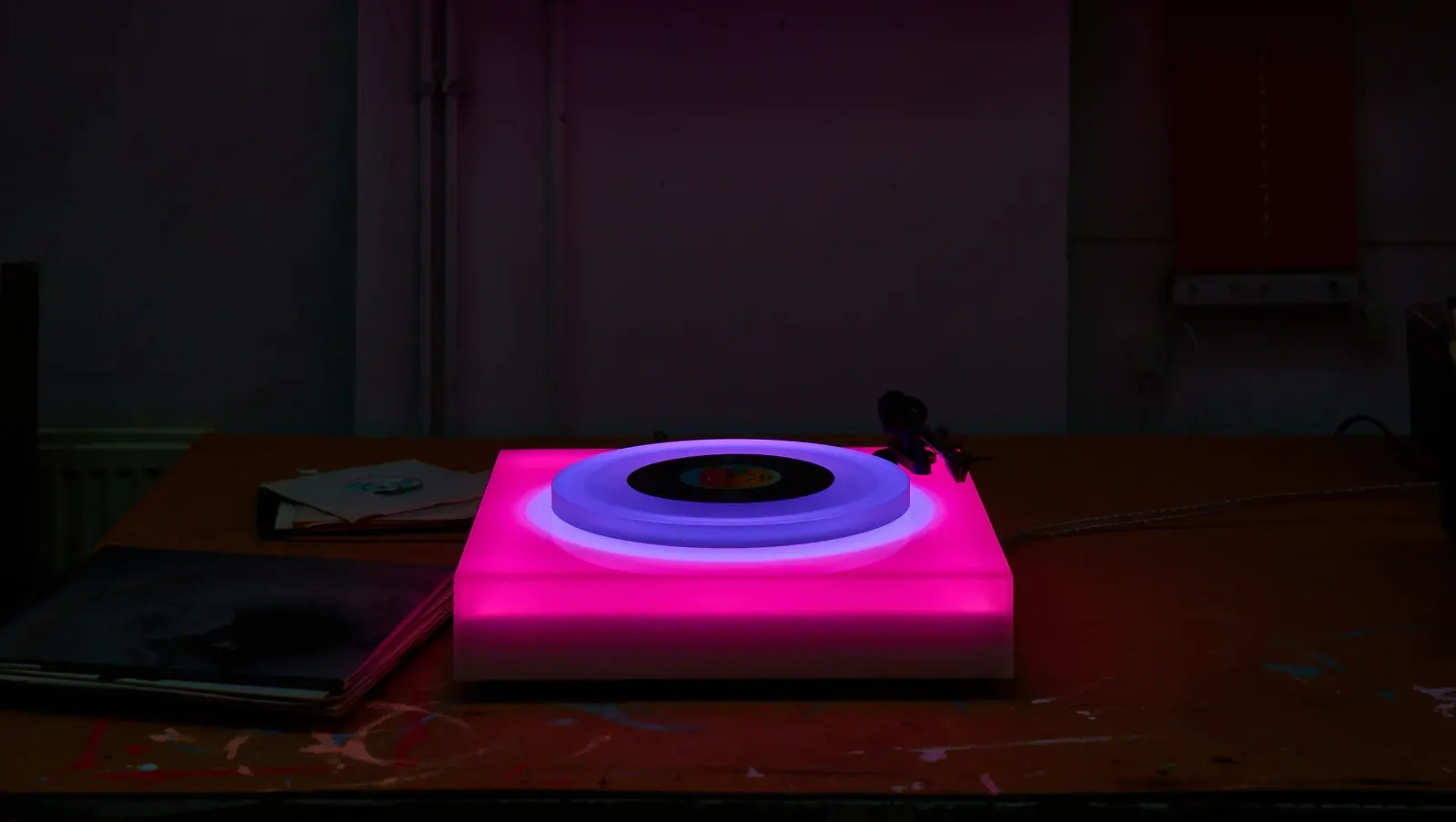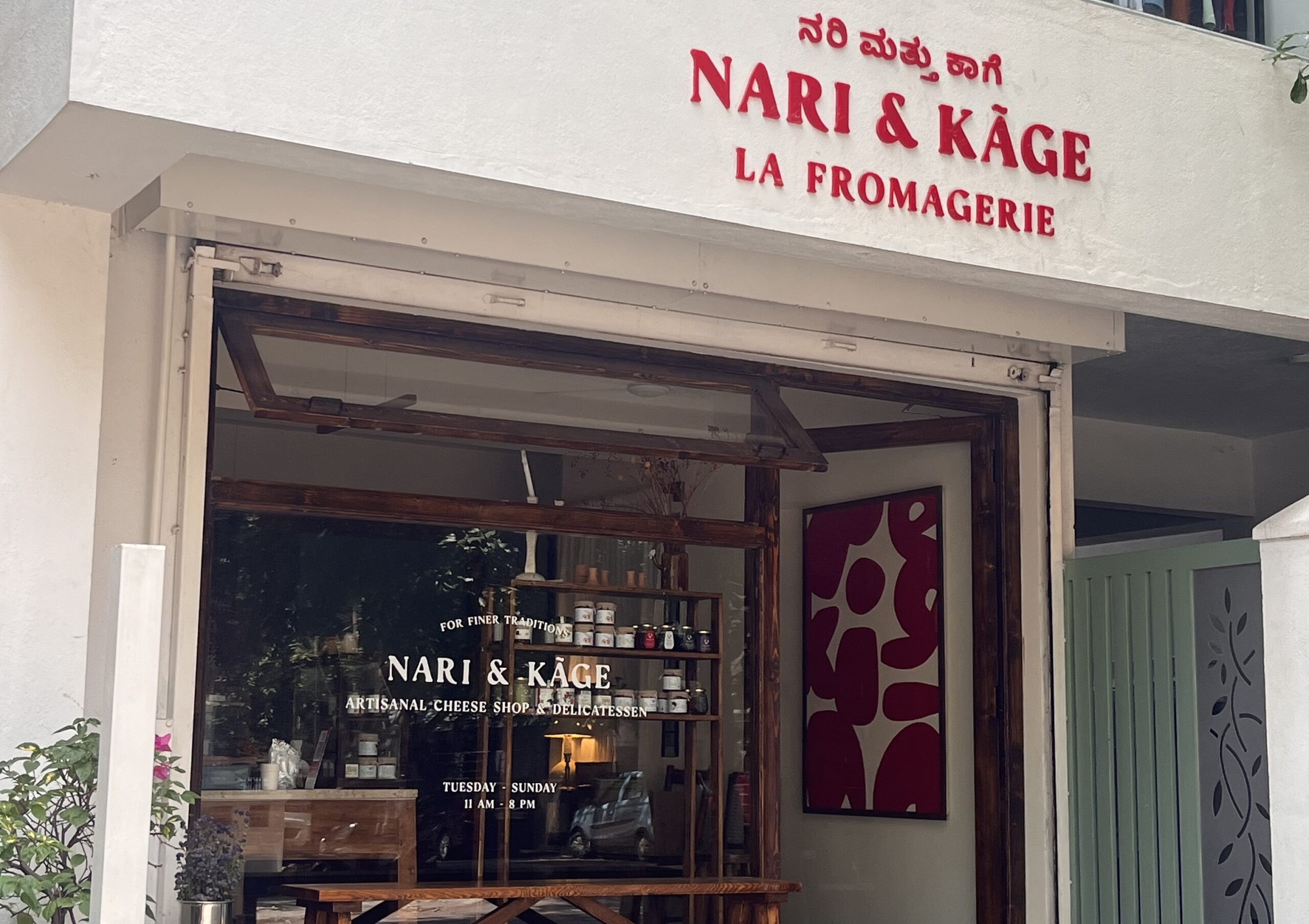Before Shradha Kochhar became an artist, she wanted to be a fashion designer. “It was this glamorous thing to aspire to, especially for someone from a middle-class family,” she tells me from her studio in Brooklyn, where she has locked herself up to work on her next solo. Weeks from her exhibit at New York’s Aicon Contemporary, Kochhar is oddly calm. Knitted mounds that will make her sculptures line the floor. “I didn’t know about the art world at all,” says Kochhar, “I didn’t know the first thing about fashion either — so I somehow deduced a knitwear degree would be a good thing to do.” The lack of knowledge might have led her to build a multiscious creative practice that co-exists without the fear of dichotomy.
“My grandmother was a single parent of four kids, and she lost her husband quite tragically. She started knitting sweaters and selling them abroad to sustain herself,” she says. Stories like this, of resistance and resilience, have been at the core of her art, as well as Imli Dana, her independent textile studio that has reinvented slow and mindful fashion. She tells me, “Textiles are truly sacred, and growing up, it was our temple of sorts. Textiles saved us from poverty and gave us a shot at life.” While Kochhar spins the indigenous Kala cotton to express nuanced human emotions— to examine, rekindle or heal — her father used it to build a home. Kochhar’s MFA from the Parsons School of Design may have informed her to become a better designer and collaborate with notable names like Tory Burch, Collina Strada, and ASHISH. Still, it is her generational insight that has helped her weave meaningful narratives — ones that don’t follow a conventional guidebook for a career in fashion, art or design.
For those who come before and after, Cotton, 2021. In frame, Mannat and Sirat Saraon. Photographed by Sambit Biswas
Kochhar’s first solo show in India, Closer, Not Far, collected and documented indigenous cottons of India and the USA, spun on a briefcase spinning wheel before hand-knitting them. “I have always enjoyed creating with my hands, and interrogating my lineage through it,” Kochhar admits. “Even when I was studying at the National Institute of Fashion Technology, and there wouldn’t be much going on in class, I would sneak out to my grandmother’s house nearby and knit with her.” Kochhar detested how design education worked, in silos of disciplines with rigid yet vague themes. “I was very stubborn — and I wanted things to be different,” she says. Behind the halo of the final artefact, she grew up amidst the realities of textile waste and unsustainable production procedures: “I hate design and fashion for the harm it causes, but I also love what it does for so many people — the amount of work and employment it provides as an industry. This love and hate relationship encourages me to do my own thing.”
(L-R) Last Meal Together, Cotton, 2023. Photographed by Artist
Human labour, the body, and the clothes we put on find each other at unexpected crossroads within Kochhar’s knits. What is initially perceived as clothing quickly transfigures into a hodgepodge of appendages, only to be reimagined as a sculpture. In her world, “the garment is a sacred vessel,” one that holds space for the maker and the wearer. “The motivation for starting Imli Dana was that none of my friends could afford my art,” Kochhar tells me. From hand-spinning to knitting, it usually takes a year before she has enough thread to work with. This labour-intensive process comes with a well-deserved price. “I wanted more of my close ones to have access to my work. I started with a sculptural bag — made of green crocheted bodies.” A skirt and a shirt followed the BAGESH Bag. Soon, a studio was born. Not built on the backbones of toxic hustle culture or seasonal design drops, Imli Dana promised to respect labour and value the time it takes to make.
The spectrum of accessibility that the formalised art world offers is quite limited, unlike design. “Walking into a gallery is intimidating, and buying art can be unwelcoming sometimes.” Her intentional and timeless pieces to reach a broader audience that would wear them, was reason enough to opt out of a traditional brand model. “I don’t want to be a part of this larger industry — churning out seven collections a year, only making more than before — that’s not aspirational to me. I want to make sure that the five things I make are beautiful, and they feel good to anyone who puts them on.” Fabric scraps from mass garment manufacturing facilities and buttons replenished from discarded clothes find new homes in her punk reimaginings of Indian weaving traditions. A contrast to her skin-tinted sculptures, vests, and tops in trippy colours exist as a formidable contemporary in the same sphere.
Shradha Kochhar’s works exhibited at Unique Design x Savannah. Photographed by Eden Palmer
Kochhar is happy not to fit in. She is content with occupying the middle space. “I talk about how sustainability has always been about people to me. After my father passed away, that idea was reinforced,” she says. “People are everything to me, and I place a lot of value on relationships.” Even when it comes to her process, Kochhar leans into the idea of letting your gut tell you when it’s time to create. “I think that’s the most honest way to make — when something comes to you. I am always sketching down ideas, drafts, and I know that I will have the right time and moment when I commit to something.” In Brooklyn or Delhi, Kochhar is always spinning yarn, mostly because she’s perennially out of it. “I spin every morning for an hour, and once I have some thread, I start to see what it can become,” she tells me. The threads are sometimes wrapped around bamboo to create structural forms or woven into translucent screens to illustrate a story. Anything that is left behind turns into something new.
At the heart of Kochhar’s practice is this rumination on the domestic rituals of community and belonging that have long found themselves in the veins of South Asian cultures. “My studio is a home,” she says. A home she’s opened up to strangers and creatives alike. “I like having a kitchen, making myself some chai or some food, having friends over for a conversation, and hosting parties.”
Her space, much like her art, has become a way to let people into her becoming. Away from the allure of exclusivity, Kochhar is interested in piecing together a community of creatives who aren’t isolated, sad, or alone, as much as everyone would want them to be. “I only do what I do from a place of joy — otherwise, design feels meaningless.”
Words by Jishnu Bandyopadhyay.
